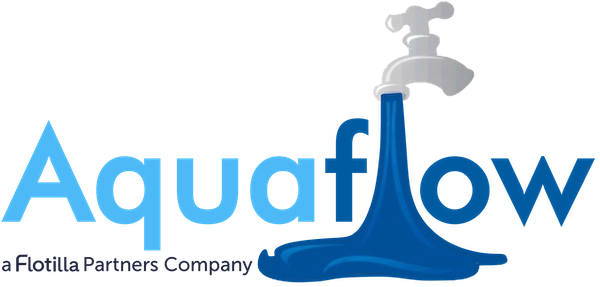How safe is your water???
Safeguarding your family against contamination
Living in the US we are not accustomed to worrying about the safety of the water coming out of our taps. That's because state and federal standards are in place that help safeguard public drinking water. Still, while the US is among the safest water in the world, tainted water can enter our bodies when we drink, bathe, cook, launder and play - sometimes with catastrophic consequences. Life-threatening illness and birth defects can sometimes be traced back to contaminated drinking water, but mild diseases such as gastrointestinal upset, diarrhea, rashes, allergies and tooth wear can also be caused by toxins in our water.
In 1974 Congress passed the Clean Water Act, which regulates the nation's public drinking water. The US Environmental Protection Agency (EPA) is charged with enforcing standards for contaminants in drinking water - making sure public water is treated and distributed by qualified operators and that pollutant-specific tests are performed regularly. Water suppliers are then required to issue to their customers an annual water quality report or consumer confidence report (CCR) that indicates what contaminants have been detected and how those levels compare to drinking water standards. They are also required to notify the general public if water isn't fit for human consumption. While this system is protective, it is not perfect and contamination happens. Nearly 10 percent of water systems fail to meet EPA's standards for tap water quality. That is a cause for concern for all Americans.
Cruising for Contaminants
Contamination can occur at the source and anywhere down the pipe ending at our faucets: the watershed, reservoirs, main pipes, wells, storage tanks and plumbing. Some contamination comes about naturally, while others are knowingly and unintentionally inserted by man.
Examples of Contaminants:
Microorganisms such as bacteria, viruses and parasites
Inorganic materials such as salts and metals (arsenic, lead, mercury)
Organic materials such as synthetic and volatile chemicals (methane, solvents, pesticides and herbicides)
Industrial waste
Agricultural waste such as livestock feces
Sewage
Pharmaceuticals
Radioactive substances
Most contaminants have no smell, color or taste so you may not be able to detect a problem if you have one and water can taste different from place to place. Still, there are some conditions or activities that can signal a concern.
Here are some signs your water may not be right:
Water that has an objectionable or unusual smell, taste or appearance
Recurrent intestinal or other health problems particular if they are clustered in households or neighborhoods
Old lead pipes
Nearby livestock, agricultural crops, toxic dumps
Stained sinks, tubs and laundry
Indoor radon gas
Poorly lathering soaps, shampoos and detergents
Rapidly corroded water treatment supplies
Water Proofing
To get a handle on the quality of your tap water you first need to find out where your drinking water comes from and then follow it from the water system source to your faucet. You can get information about contaminants in your water system by reading the consumer confidence report or drinking water quality report issued by your local water supplier.A lot can happen before water reaches your tap. Your local utility water, health department or independent qualified laboratory can test the water coming out your tap. Information on where to purchase tests for radon gas can be found here.
If you get your drinking water from a private well, the onus is on the owner to test for contaminants. The EPA does not regulate household wells (some states or local governments may provide regulation though). The EPA also does not regulate bottled water. That is under the purview of the Food and Drug Administration (FDA). Like public water sources and well water, bottled water can also contain contaminants. Consumers can contact commercial bottlers directly to find out what contaminants are present.
Here are some ways to keep your family safer:
Run water for 60 seconds prior to using to flush out contaminants that may have accumulated in your hot water heater or pipes
Replace corrosive water systems
Remove and clean the strainer/aerator device on your faucets and shower heads to remove debris
Replace the water filter cartridge on your filtration device as recommended by the manufacturer
Test private wells before using it for the first time and yearly thereafter (more often if you have a problem)
Heed to public health alerts for waterborne disease emergencies and follow instructions carefully if an alert is issued
Filter Facts
Some people might want to invest in a filtration system for their homes for extra measure that can that can remove specific contaminants. There are a variety of devices - carafes and faucet mounts, countertop, under-the-sink and whole house (point of entry) units. They can make water taste better and also remove certain impurities and contaminants.
Since the mechanism and ability to remove contaminants varies by product, no single filtration system can protect against all contaminants. Choosing a filtration/purification device will depend on what you want to remove and how much you want to invest.
The EPA provides standards but does not endorse specific devices and suggests that consumers match the filter to the contaminants and consider personal preferences for care and cost. There are 3 organizations accredited by the American National Standards Institute (ANSI) that certify that water filters meet EPA standards and work the way they should: Underwriters Laboratory, NSF International and the Water Quality Association.
